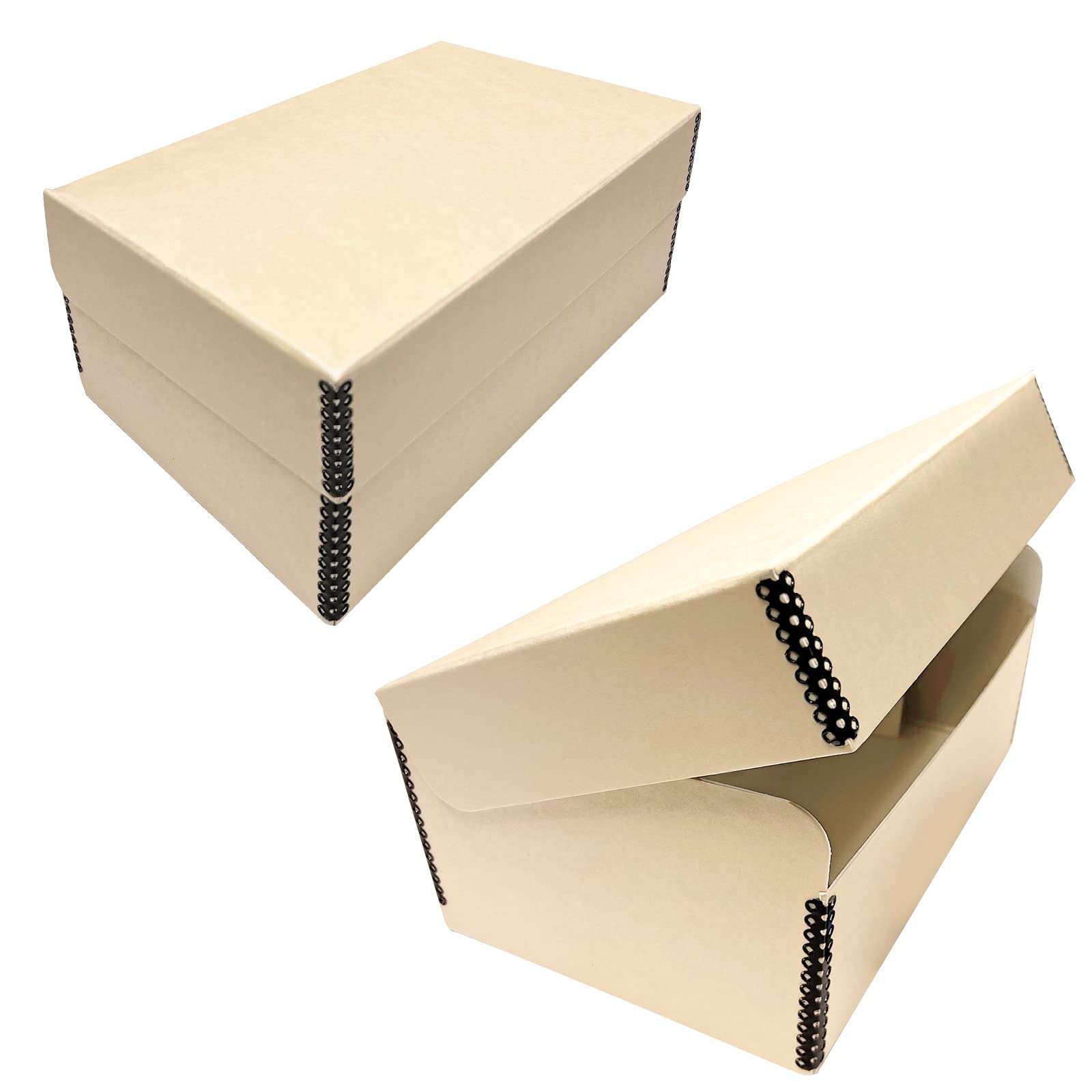Introduction
Preserving important documents and records is crucial for maintaining historical records, legal evidence, and cultural heritage. However, paper documents are susceptible to deterioration over time due to various factors such as light, humidity, and acidity. To combat this issue, archival-quality paper has emerged as a reliable solution for long-term document preservation. In this blog post, we will explore the significance of archival-quality paper and its role in safeguarding documents for future generations.
1. Understanding Archival-Quality Paper
Archival-quality paper is specifically designed to resist aging and deterioration. It is acid-free, lignin-free, and made from high-quality materials that ensure long-term preservation. Unlike regular paper, which contains acids that cause yellowing and brittleness over time, archival-quality paper maintains its integrity and appearance for extended periods.
1.1 Acid-Free Composition
One of the key features of archival-quality paper is its acid-free composition. Acidic substances present in regular paper accelerate the degradation process, leading to discoloration and fragility. Archival-quality paper is manufactured using alkaline or neutral pH levels, preventing the formation of acids and ensuring the longevity of documents.
1.2 Lignin-Free Content
Lignin, a natural polymer found in wood pulp, is responsible for the yellowing and brittleness of paper. Archival-quality paper is lignin-free, eliminating the risk of degradation caused by this compound. By removing lignin, the paper remains stable and resistant to deterioration, making it ideal for long-term preservation.
2. Benefits of Archival-Quality Paper
Using archival-quality paper offers numerous advantages when it comes to preserving documents for future generations. Let’s explore some of these benefits:
2.1 Longevity
Archival-quality paper is designed to withstand the test of time. It can last for hundreds of years without significant deterioration, ensuring that important documents remain intact and readable for future generations.
2.2 Protection against Environmental Factors
Archival-quality paper provides excellent protection against environmental factors that can damage documents. It resists moisture, light, and pollutants, safeguarding the content from fading, discoloration, and degradation.
Summary
Archival-quality paper is specifically designed to resist deterioration and ensure the longevity of important documents. It is manufactured using acid-free materials, which significantly reduces the risk of yellowing, brittleness, and decay. The pH level of archival paper is neutral or slightly alkaline, preventing the formation of acids that can damage the paper fibers over time.
Furthermore, archival paper is lignin-free, as lignin is a natural component of wood pulp that causes paper to become acidic and deteriorate rapidly. By removing lignin, archival paper becomes more stable and resistant to degradation.
Archival-quality paper also undergoes additional treatments to enhance its durability. It is often buffered with calcium carbonate, which acts as a buffer against environmental changes in humidity and acidity. This buffering agent helps maintain the paper’s pH level and prevents acid migration from external sources.

Moreover, archival paper is manufactured to meet specific industry standards, such as the ISO 9706 or ANSI/NISO Z39.48, ensuring its quality and longevity. These standards define the requirements for paper permanence, including factors like tear resistance, folding endurance, and resistance to light exposure.
Preserving documents on archival-quality paper is essential for institutions, organizations, and individuals who wish to protect their valuable records for future generations. Whether it’s historical manuscripts, legal contracts, or family heirlooms, using archival paper ensures that these documents remain intact and legible for years to come.
In conclusion, archival-quality paper plays a vital role in the preservation of important documents. Its acid-free composition, lignin-free nature, buffering capabilities, and a click to investigate dherence to industry standards make it the ideal choice for long-term document storage. By utilizing archival paper, we can safeguard our cultural
- Q: What is archival-quality paper?
- A: Archival-quality paper is a type of paper that is specifically designed to resist deterioration and preserve documents for long periods of time.
- Q: How does archival-quality paper preserve documents?
- A: Archival-quality paper is acid-free and lignin-free, which prevents yellowing, brittleness, and deterioration. It is also made from high-quality materials that resist fading, discoloration, and damage from light and moisture.
- Q: Why is it important to use archival-quality paper?
- A: Using archival-quality paper ensures that important documents, such as historical records, legal papers, and family heirlooms, can be preserved for future generations without significant degradation or loss of information.
- Q: How long can documents preserved on archival-quality paper last?
- A: When stored properly, documents on archival-quality paper can last for hundreds of years. The exact lifespan depends on various factors, including storage conditions, handling, and the specific type of archival paper used.
- Q: Can archival-quality paper be used for everyday printing?
- A: Yes, archival-quality paper can be used for everyday printing needs. It is available in various weights and finishes, making it suitable for a wide range of printing applications, including documents, photographs, artwork, and more.
- Q: Where can I purchase archival-quality paper?
- A: Archival-quality paper can be purchased at specialty stationery stores, art supply stores, or online retailers. It is important to look for products specifically labeled as archival or acid-free to ensure the highest quality.

Welcome to my website! My name is Mason Ringrose, and I am a passionate and dedicated professional Print Management Software Developer. With a strong background in advanced printing technologies, 3D printing innovations, and sustainable printing, I am excited to share my knowledge and expertise with you.
